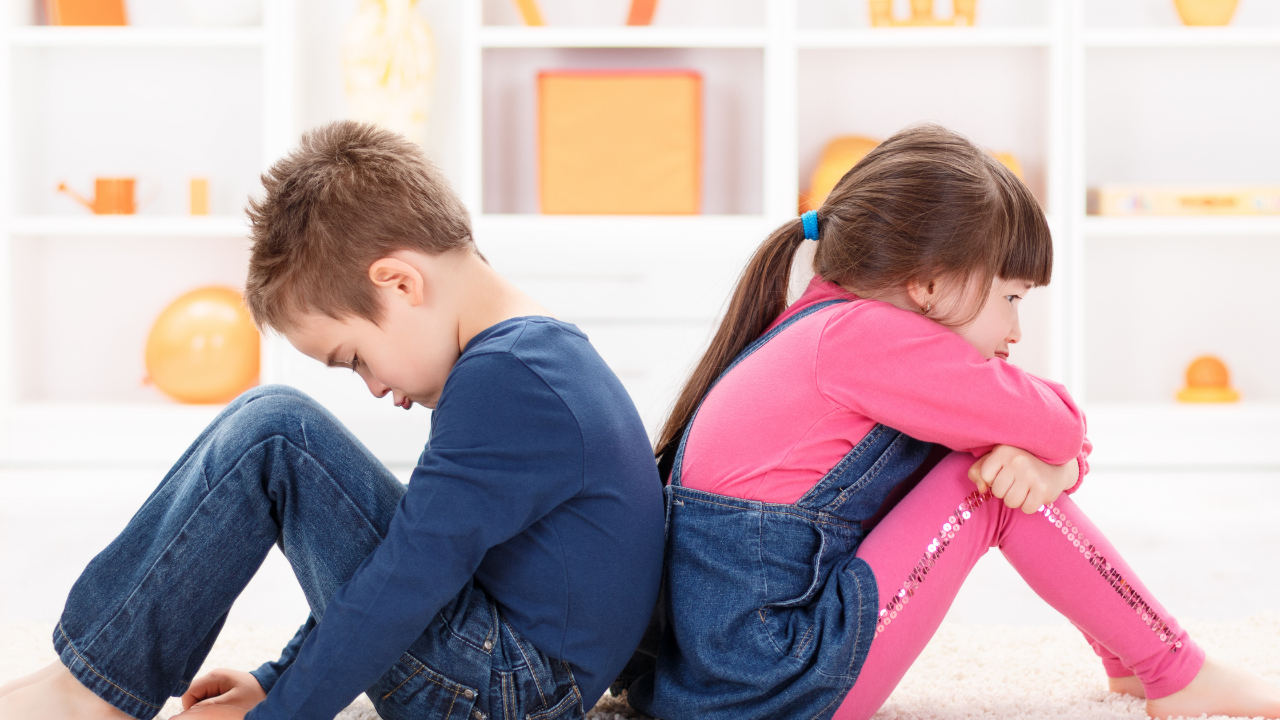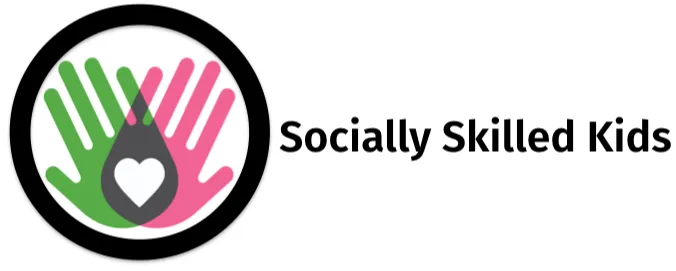Understanding the Development {and Splinter Skills} of Perspective Taking
Jul 16, 2020
Engaging in social interactions successfully in Perspective Taking requires a lot of “splinter skills.”
While there is a scope of development of social skills and sequence for Perspective Taking, for our young children, development is usually uneven, and good social skills are often scattered; leaving us trying to figure out what to teach, much like a puzzle.

Spending some time figuring out, as best you can, where the student is at {in their perspective taking development} and which strong social skills are lacking is a great way to get started with Perspective Taking. Then, start your teaching with the developmentally earliest skill on that list, and move along up the scale as you see positive feedback and success in communication skills.
What is the Typical Development of Perspective Taking?
Here is a very basic overview:
Preschoolers: This this very early age, kiddos are just starting to figure out that people can have different feelings than they do in their early years. This is at a very basic level…they mostly still think that other people share their feelings.
Kindergarten – Second Graders: These kiddos are starting to have a better understanding about what others may be thinking or feeling.
Third – Fifth Graders: These older children are beginning to understand that others may have different perspectives than they do in their social life.
What Should I Teach To Support Social Skill Development?
Here are some ideas for getting started with these social skills development:
To help early childhood Preschoolers {or students who are at this developmental level} learn the specific social skills necessary to take perspective; you may want to find the best way to teach feelings words, the five senses {what can I see, hear, taste and touch}, different ways of noticing others, following social rules and basic problem solving.

To help Kindergarteners, First and Second Graders {or students who are at this developmental level} learn the skills necessary to take perspective; you may want to teach emotions identification and variation or scale of emotions, expressing own emotions, demonstrating expected behavior when feeling big emotions in different situations, following rules and why we do, and cause and effect.

To help Third, Fourth, and Fifth Graders {or students who are at this social development level} learn the important skill of taking perspective; you may want to start with the first step of teaching about motive and intent, compromise, non-verbal communication, sarcasm, inferential language and deception {detection and responding to it}.
Below is a fun and easy activity to help you teach your upper elementary students, how to understand and interpret Body Language in social situations.

Grab This Activity And Much More!
Simply enter your name and email address in the form below and you’ll have immediate access to this digital download. By completing the form, you’ll also be joining thousands of like-minded teachers who have already signed up for my free club, The Teacher’s Lounge.
This is a 100% free club where you get awesome social skills resources delivered straight to your in-box each week!
These resources include my monthly Tips & Tricks newsletter {for a particular social skill each month}, as well as a variety of posters, visuals, games and activities designed to support the identified social skill.
Thanks So Much and Happy Teaching!
Cindy ~Socially Skilled Kids
Would you like to receive specially designed, creative and interactive FREE teaching resources?
Join us in the Teacher’s Lounge!

